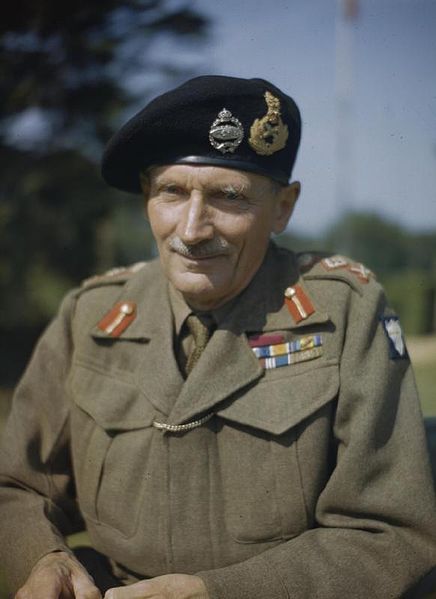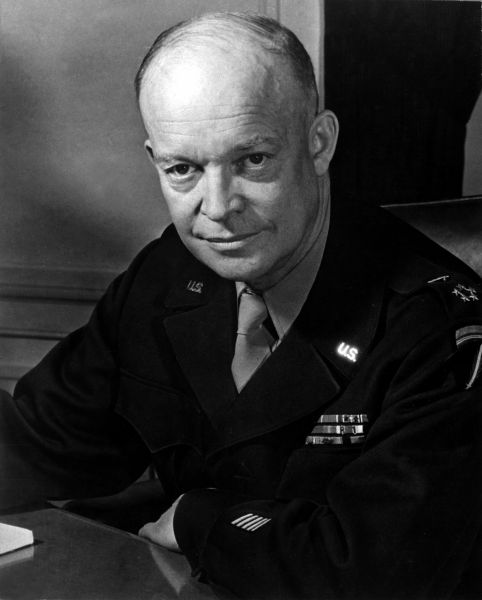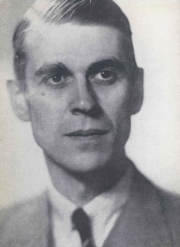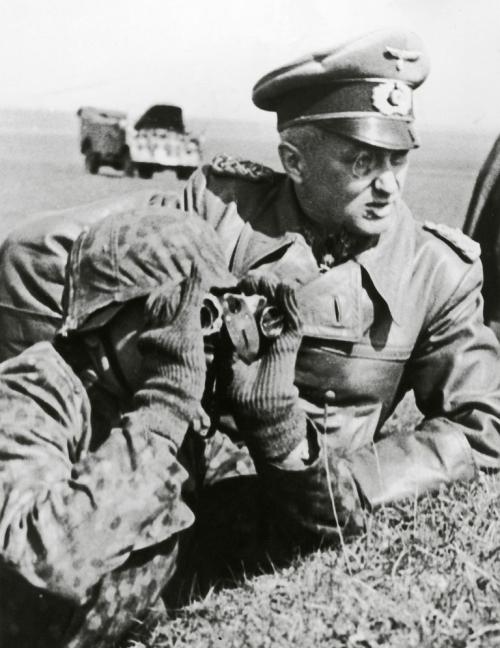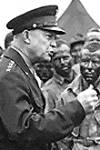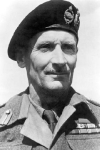Now It Can Be Told! - D-Day Rehearsal at Cambridge University
The War Illustrated, Volume 9, No. 225, Page 620, February 1, 1946.
One of the best-kept secrets of the war was revealed by an appeal launched for help in the restoration of the Union Society's premises, damage to which was caused by bombs in July 1942. Here, in this academic centre, the Debating Hall of the Society was, for a week, in March 1944, one of the most closely guarded places in the British Isles, it was reported by a Sunday Times correspondent at Cambridge, in December 1945.
It was here during that week that rehearsals for the D-Day assault in the following June were carried out. These rehearsals were attended by Gen. Eisenhower and Gen. - now Field-Marshal - Montgomery and their high Staff officers. To maintain secrecy, the whole of the civilian staff were sent away on a week's leave. The proposal to use the Union Society for the rehearsals emanated from the Regional Commissioner, Sir Will Spens, Master of Corpus Christi.
During the Easter vacation, Mr. Curzon, the Chief Clerk, was astonished one day to be visited by high Staff officers of the Security Department. They instructed him to send the staff away, and the Union building was entirely taken over by the Army. A squad of soldiers arrived on the scene, all doors leading to the basement were securely fastened, and sentries with Bren guns were posted round the building.
Conferences in the Model Room
Models, including, it is believed, some of the Mulberry harbour, were delivered during the hours of darkness and not a civilian in Cambridge knew the secrets which the building held. At the conclusion of the rehearsals the models were removed with equal secrecy, after which the building was restored to its normal condition, so that no trace remained of the unorthodox purpose to which it had been put.
Though Gen. Eisenhower and Field-Marshal Montgomery visited the model room, they did not stay in Cambridge, but Staff officers lodged in Trinity College, and they held conferences in the model room each day. A military guard was placed round the college, and a couple of A.A. guns were installed at Midsummer Common, a large space within a short distance of the Union Society building.
Previous and next article from Now It Can Be Told!
Now It Can Be Told! - Whitehall's Wireless Link With the War
The story of a remarkable British wireless set was released by the War Office in November 1945. It was used by Royal Signals soon after D-Day and throughout the campaign in Western Europe, and enabled
Now It Can Be Told! - How H.M.S. Exeter Fought Her Last Battle
The full story of H.M.S. Exeter's gallant end, fighting against impossible odds off the coast of Java, reached the Admiralty in December 1945. The cruiser, famous for her part in the glorious battle a
Index
Previous article
I Was There! - How Two V.C.s Were Won Under a Jap Cruiser
Lieut. Ian E. Fraser, R.N.R., of Farnham Common, Bucks., and Leading Seaman James J. Magennis, of Belfast, were each awarded the V.C. For the parts they played in a midget submarine attack on the Japa
Next article
Now It Can Be Told! - How H.M.S. Exeter Fought Her Last Battle
The full story of H.M.S. Exeter's gallant end, fighting against impossible odds off the coast of Java, reached the Admiralty in December 1945. The cruiser, famous for her part in the glorious battle a


